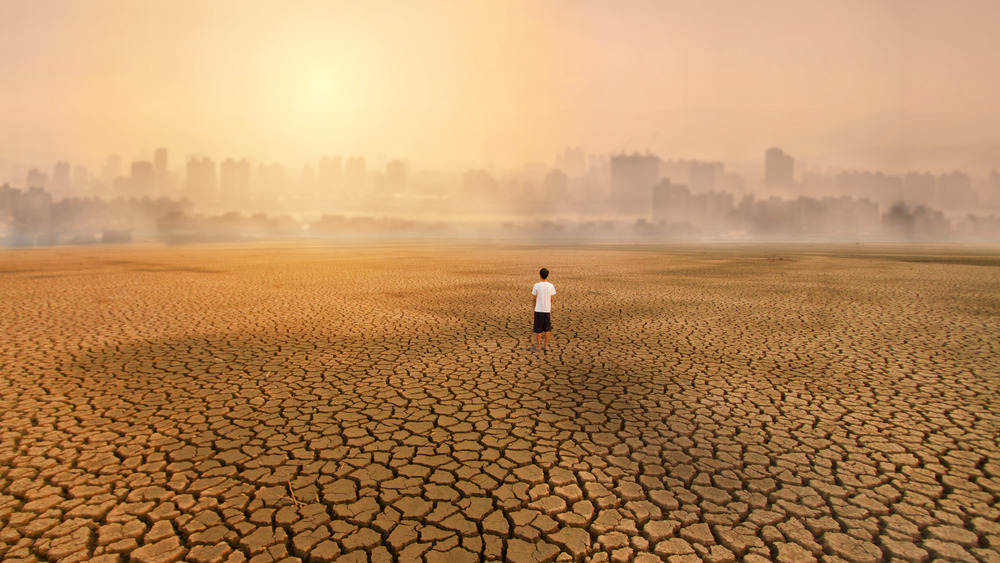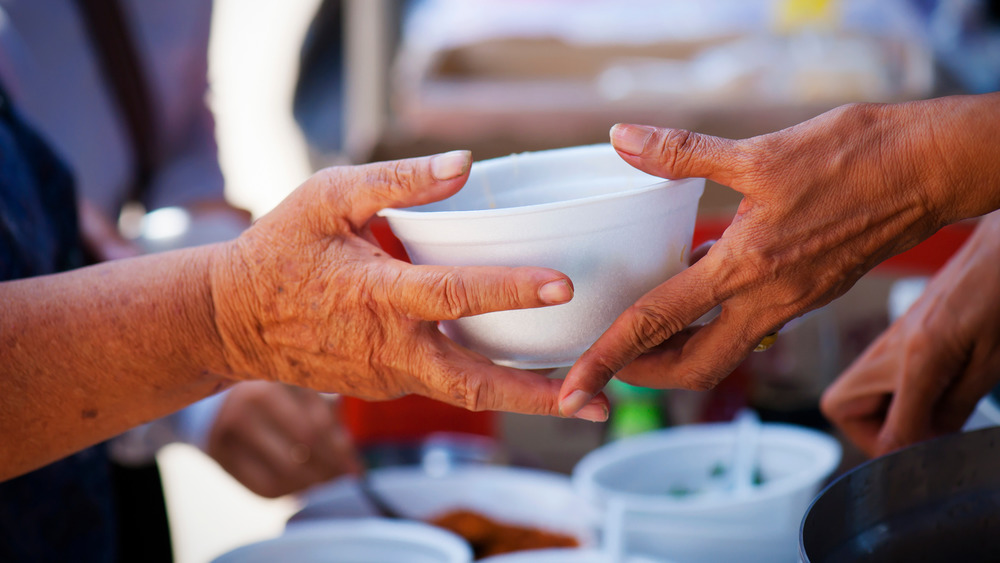The Biggest Problems The World Faces In 2021 (Besides The Pandemic)
As 2021 begins and the COVID-19 virus continues its deadly rampage, it's sometimes difficult to remember that there are other dangers and crises affecting the entire world right now. The International Rescue Committee, or IRC, is a nonprofit organization that "responds to the world's worst humanitarian crises and helps people whose lives and livelihoods are shattered by conflict and disaster to survive, recover and gain control of their future," according to their website. They recently released their annual Emergency Watchlist, compiling the worldwide humanitarian crises that they expect to worsen most over 2021.
At the number 10 spot is a new entry onto the Emergency Watchlist. The African country of Mozambique is not only still recovering from two destructive cyclones that hit in 2019, but the conflict in the Cabo Delgado province has, as of the end of December 2020, displaced over 530,000 people from their homes, per the United Nations Refugee Agency, or UNHCR. IRC estimates that of the 31.3 million people in Mozambique, 1.3 million need aid. Poor roads and the effects of climate change add to the crisis.
The ninth entry on the list is the long economic crisis of Venezuela, which has been further exacerbated by COVID-19. Since the collapse of Venezuela's oil industry, the country's health system has suffered and citizens experience food insecurity and displacement. COVID-19 makes it harder for people to leave the country, and closed borders make it harder for humanitarian aid efforts to enter.
Conflict, lack of healthcare, and displacement
The eighth most serious humanitarian crisis is found in Nigeria, where 10 years of conflict have displaced almost 3 million citizens and left many more hungry, with COVID-19 making famine conditions more likely in the northeast portion of the country. IRC named Nigeria as "the deadliest crisis for civilians in 2020 out of all 20 Emergency Watchlist countries." Of the 206.1 citizens, 8.9 million need aid.
Seventh is South Sudan, where a new unity government came into power in 2020. The country's recovery from a long civil war is at risk in the midst of an economic crisis, continued violence, and an overworked healthcare system. Per the Global Health Workforce Alliance, South Sudan has an average of just one physician for every 65,574 people, and 47.6 nurses and midwives for every 39,088 people.
Burkina Faso is sixth on the IRC list, classified as "the world's fastest-growing displacement crisis." It entered the list in 2020 for the first time, and its continuously escalating civil conflict has moved it up. Over 1 million residents are now displaced, and there is a risk of famine as a result of both the conflict and COVID-19's market disruption.
Ethiopia is on the IRC list for the third year running, suffering due to a conflict in the Tigray region between the federal government and the Tigray People's Liberation Front (TPLF), which per Britannica started in 1975 and aggravated the Ethiopian drought and famine of the mid-1980s.
Famine, climate change, and illness
Ethiopia is also suffering from "the biggest locust outbreak in living memory," which combined with harm from climate change and COVID-19 means the country has the second highest number of people in need of aid in the world.
The Democratic Republic of Congo is experiencing a massive hunger crisis; of the country's 89.6 million people, 19.6 million citizens need aid. The country is in its fourth decade of what IRC calls a "major humanitarian crisis" due to conflict as well as outbreaks of Ebola and COVID-19, putting them fourth on the list.
Of Syria's 17.5 million citizens, 13 million need aid after a decade of conflict. Families have suffered through multiple displacements; the health care system is "decimated," per IRC. Attacks on aid workers, civilians, and hospitals are common, and Syrian women and children are particularly at risk due to COVID-19, ranking Syria as the third most serious crisis.
Afghanistan has gone from number six on the 2020 list to number two for 2021 due to the "triple threats of conflict, COVID-19 and climate change," in addition to the stop-and-go peace process between the government and the Taliban. Of the country's 38.9 million people, 18.4 need aid — double since the 2020 list.
Finally, Yemen tops the IRC list for the third year in a row, with 24.3 million citizens out of 29.8 needing help. Five years of conflict, lack of funds, and COVID-19 have "pushed the humanitarian response to the brink of collapse." The country faces the possibility of famine.


